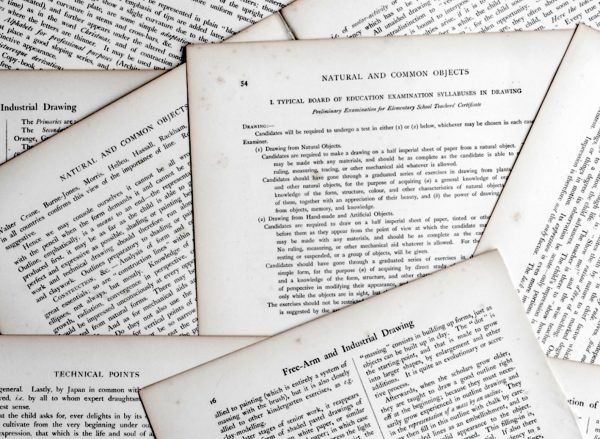Plagiarism is a serious problem in education. The good news is that it is easy to detect and avoid. Read our guide to learn more about the issue and our recommended tools for both teachers and students.
What is Plagiarism?
It can be defined as the use of other peoples’ ideas, concepts, words without giving them the credit that they deserve, or presenting other peoples’ work as your own; in other words, stealing the work or ideas of others and misleading people into the possible thinking that the thoughts are yours (when they actually come from other people).
In education and in academic writing, plagiarism happens when a person uses others’ work without giving them a proper citation. This can happen by accident or on purpose.
Even when plagiarism occurs “by accident,” there can be very serious consequences for students; punishment can occur, including academic probation or even kicking a student out of school.
How to Avoid Plagiarism?
The good news is that it’s easy to avoid plagiarism. If you found a paper or reference online and wish to use the idea in your own writing, simply give them credit (proper attribution) using a citation. The most popular citation formats include American Psychological Association (APA), MLA, or Chicago Manual of Style. There are excellent guides on how to correctly cite or reference academic papers, books and websites, including Purdue OWL’s APA Formatting and Style Guide (for APA format) and other excellent APA Citation Guides.
We recommend carefully keeping track of all useful materials using bibliographic software, such as Mendeley, Papers, EndNote or other tools. This way, it is easy to search and find the papers that you would like to reference and generate citations for them.
How Educators Detect Plagiarism
Teachers can detect plagiarism easily, both by reading student writing and comparing it to your other work or by using online tools. Automated plagiarism or similarity checkers such as TurnItIn can calculate how similar a student’s paper is to another paper; educators frequently use these tools to quickly detect if a student is cheating or not.
What to Avoid
There are several paid services that offer students completed essays for assignments. NEVER use these. We strongly feel these businesses are a terrible idea that can put your own academic standing at risk. In order to be able to generate papers so quickly, it is almost certain that these services rely heavily on plagiarism. Don’t do it! Teachers can easily tell when work is not your own. It is better to practice your own research and writing skills and find your own voice. You will be proud of the finished product — and your writing will improve over time.




